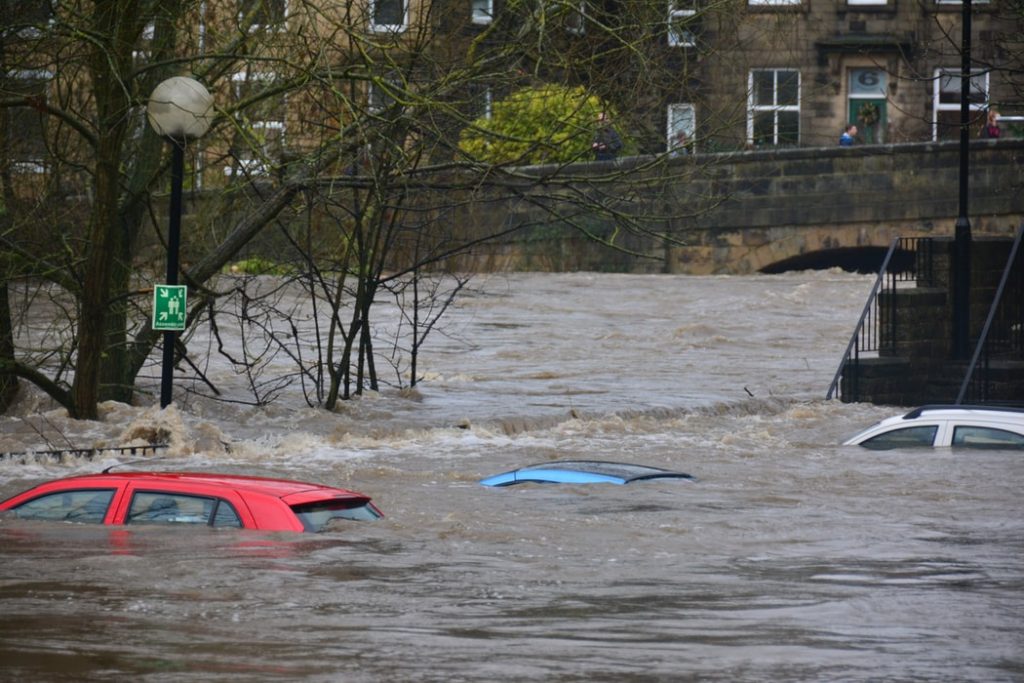There was a time when people talking about issues with flooded vehicles were mostly referring to a problem that stemmed from hitting the gas too much before you turned the key and fired up the ignition switch. The last couple of decades of auto design improvement have mostly eliminated the issue, in large part due to automated fuel injection design, but today’s extreme weather events are causing an entirely new flooding issue to become commonplace for too many drivers: exposure to high water because of localized flooding after an extreme weather event. It’s especially common in coastal areas during hurricane season, as well as areas inland with a lot of valleys and wetlands at lower elevations, where rainfall and snow runoff can accumulate during periods of high precipitation. Here are a few things that need to happen after your vehicle gets flooded and before you invest in any auto parts for the repair.
What Happens When a Car Sits in High Water
There are a variety of ways your vehicle can be damaged by exposure to high water, especially if the water is high enough to flood the interior. Some engine and exhaust system issues can still appear in cases where the water never reaches the interior, too, depending on your vehicle’s design.
Water damage to interiors
Electrical shorts in various systems
Water in the engine that contaminates the oil or other lubricants
Water buildup in the exhaust system, especially the muffler
Flooding in the air flow system, including the air filter
Water contamination in the fuel tank
There are a host of flooded car problems, but there is a single procedure you can follow to avoid any more damage once you discover the vehicle.
How To Deal With a Waterlogged Car
Depending on where your vehicle is sitting in relation to the high water, it might not be possible to retrieve the car until after the water level rolls back down. A lot depends on the abilities of local tow companies, but even those prepared to pull you out of a flooded street will have limited reach if you’re too far from the temporary shore. Once you can access the car, whether it’s still partially submerged or not, it isn’t a good idea to start it right away. Instead, find the high water mark. If the interior flooded, this is going to be easy, because upholstery is quickly damaged by flood waters and that will leave an incredibly visible mark.
You’ll also want to check the fluids, especially the oil, for water droplets. If you see droplets on a dipstick, that system was flooded. If you see it on an oil dipstick, you know water got into the engine as a whole. The best thing to do in that case is to get a tow, followed by an oil change and an inspection that includes a new, undamaged car air filter. Depending on the extent of the damage, you might also need other parts replaced, along with cosmetic repairs due to the body and upholstery damage that can come with exposure to flood waters and other hazards. After a vehicle is flooded, it needs to be fully dried before you try the ignition again, otherwise you could wind up causing an electric short or other issues due to left over water in the system.

